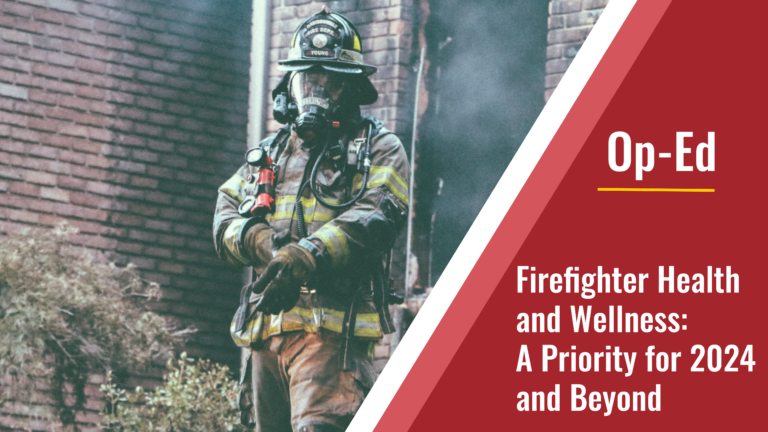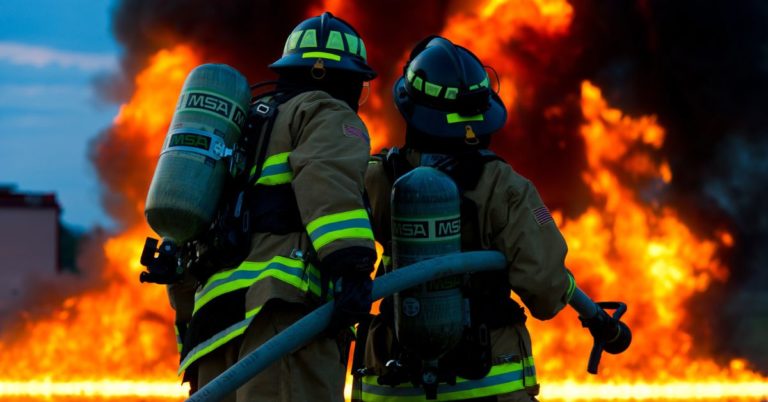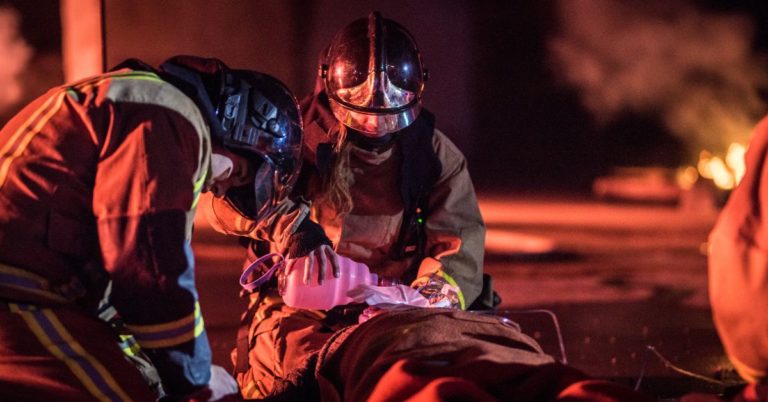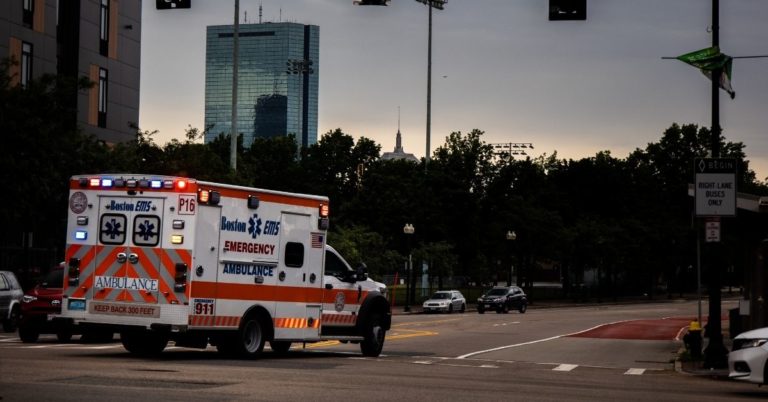Funding is perhaps the most critical issue facing Fire Departments in our country. As of 2019, there were approximately 1.11M professional and volunteer Firefighters in service across all 50 states. Apart from local government spending and charitable donations, Federal Aid through various FEMA programs provide billions of dollars appropriated for many needs, from staffing to equipment, to training and research. But is it enough? Despite the money sent out to our Fire Departments, there are still massive deficits in funds needed to safely equip our Fire Houses & Fire Fighter’s PPE.
The Congressional Assistance to Firefighters Grant is the primary Federal source through which Fire Departments across the country receive funds for PPE. In 2018, the AFG dispersed over $1.67 Billion across over 1500 grants, to fund “operations & safety.” This can be used for anything from purchasing new fire engines, updating facilities, to buying the essential equipment needed for the men and women on the front lines. What does this mean for Firefighters?
Since 2011, the amount of Federal grant money distributed through AFG & SAFER grants have not met the rising costs of equipment. According to information presented by the Government Affairs Committee (GAC), FY2011 provided $405M for each grant program (AFG & SAFER). The very next year, the programs were reduced by roughly 17%, to $337.5M each. These programs hit a period low in FY2013, after being reduced again to $321M for each program, down approximately 5% from the year prior and 21% from the 2011 high. According to this same GAC report, funding through the next 7 Fiscal Years through FY2019 would see modest growth in funding for these programs but maxed out at $350M in FYs ’18 & ’19. While Federal Funding is not the only resource being used to maintain equipment levels and proper safety standards in Fire Houses across the country, we will next explore how reduced funding and increased costs of maintaining our Fire Departments has resulted in poorer results for Fire Service personnel on a national scale.
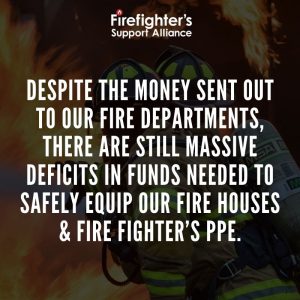
As funding bottomed out and plateaued following the FY2011 highs, costs of vehicles and PPE increased significantly according to this same GAC report: The cost of Pumper Trucks increased by 14.6%, the cost of protective clothing increased by 11.4%, & the cost of Self-Contained Breathing Apparatus (SCBA) by 15%. Meanwhile, the GAC report states that 53% of all Fire Departments cannot equip all Firefighters on a shift with their own SCBA, 49% of all Fire Departments have not formally trained their personnel in fighting structural fires, 55% of Fire Departments responsible for EMS services have not formally trained those personnel, and 72% of all Fire Departments have at least one piece of PPE that is 10 years old. All of these totals are up since FY2010. One bright spot in their report was that there has been a 3% reduction in Fire Engines and Pumpers that are 15 years old or older, now down to 43% nation-wide.
A data tool from the Firefighter’s Support Alliance captures exactly how money is distributed to each state to combat these deficiencies. It is important to note that most states in the country averaged less than $10K per Fire Department to address their needs. While the amount distributed through grants to individual cities and states varies each year, the only logical conclusion that can be reached by the GAC report is that funding has not met the needs of Fire Departments on a national scale, especially in equipping Fire Departments with appropriate and sufficient training & PPE.
Putting aside the fact that over 50% of Fire Houses need safety overhauls or outright re-builds to meet safety standards, PPE, a basic need for Firefighters, is also incredibly costly to maintain. According to Firefighter Insider, a department needed to replenish their turnout/bunker equipment, including fire-proof pants and jackets, it could cost them anywhere from $3K-10K. That’s just for one set! And most Departments don’t even average $10k in grant funds for the year, in some states, like Kansas, they don’t even average $3k! PBI Hoods & extrication gloves can cost up to $100 each, boots can be up to $500 and a helmet can cost anywhere up to $1,000. Maintaining the supply of Self-Contained Breathing Apparatuses is even more expensive. One unit with a single mask and cylinder can cost up to $5k, and in many instances more than one cylinder is required to fight the fire at hand. Each cylinder costs upwards of $1,500. Everything from pagers, to portable radios, to flashlights adds to the financial burden of supplying one firefighter, and the cost of providing the necessary equipment to fight structural and wildland fires can be over $13,000.
When looking at the data available for Federal money distributed each year and the needs of Fire Departments, the conclusion is clear. If relying heavily on the Federal government, our Fire Services are dramatically underfunded. Of course, this isn’t the case as the primary funding for these departments is done at the local level. But the facts on the ground speak for themselves. Over half of the departments in the country lack the resources to replace aging infrastructure, vehicles, and tools required to serve the community.

